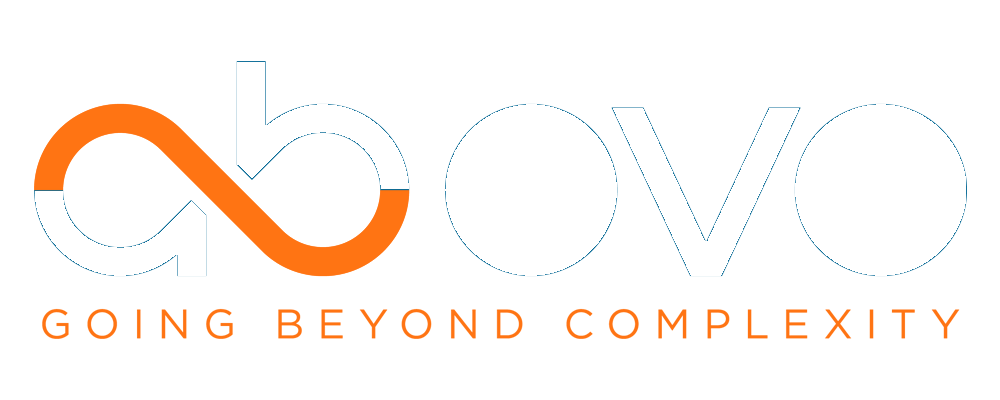Port Terminal Planning
WhitepaperFor optimum planning scenarios, resulting in emission reduction & high-cost savings
1. The Challenge
The current market situation of diminishing margins and tightening delivery windows has led to increased complexity in planning & scheduling processes. Therefore, the efficient use of resources is the top priority. An Advanced Planning & Scheduling solution has a huge cost savings potential for planning departments, while also increasing delivery reliability and flexibility. Port Terminal activities are integral parts of the supply chain in terms of service-level agreements. Living up to quality and performance levels is a daily challenge, both in terms of economics and in terms of planning.
This is tough to manage since the various services involved in the loading/unloading of vessels are interdependent; unmooring can only be started when all other services are finished, vessels can’t share the same parts of a berth and different products can’t share the same transportation pipeline.
Port Terminal Planning
Port Terminal activities are integral parts of the supply chain in terms of service level agreements. Living up to quality and performance levels is a daily challenge, both in terms of economics and in terms of planning.
2. The Ab Ovo Port Terminal Solution
Planning and (detailed) scheduling of port terminal processes is characterized by complex business logic and numerous constraints. A planning department must take a variety of interdependencies into account. A few examples are the alignment of demand planning, product contamination, last-minute orders, various handling rules, workforce and container planning.
Ab Ovo’s expertise is modeling this complex business logic, including all constraints, using specialized Advanced Planning & Scheduling (APS) software. Ab Ovo developed and implemented several planning applications for different port terminal types: Dry Bulk Terminal, Liquid Bulk Terminal, RoRo & Container Terminals.
These applications (or combinations of them) cover around 80% of all port terminal processes. The remaining 20% are often unique and company-specific.
3. Berth Planning
Ab Ovo manages two berthing process variants: multiple vessels per berth and one vessel per berth. Other variants are often modeled as a combination of these. A crucial functionality in our berthing planning module is the visualization of berth usage, facilitated by Gantt charts. These charts indicate occupied berth sections over time.
Berthing processes involve operations like mooring/unmooring, lowering ramps, and pipeline connections. Users can easily predefine these processes and durations for each vessel or loading/unloading situation. The system automatically adds necessary durations to the planning when a vessel is assigned to a berth. Updates are immediate for durations dependent on planning decisions in other modules, enabling quick response to disturbances and effective remediation actions by planners.
4. Storage Planning
Storage yards are another important part of any port terminal. Improper planning of the storage yard can negatively influence the work of the whole terminal. Vessels cannot be loaded if there is no cargo in storage, nor can they be unloaded if there is no space available for cargo. Planners need to minimize the transportation costs from vessel to yard blocks. In storage yard planning, the proper representation of data plays a significant role.
Storage Yard
Many factors affect the planning of storage yards – text views can be created and used so the end user can drill down to necessary information
5. Planning of Loading/Unloading Equipment
Cargo transportation between vessels and other parts of the terminal requires various loading/unloading equipment, including pipelines, stacking/reclaiming machines, conveyors, container stackers (e.g. forklifts, straddle carriers), and transporters. Terminal equipment planning is complex, involving numerous combinations of stationary and mobile equipment for each job, along with constraints like labor laws and weight limits. One example is liquid bulk pumping requires specialized equipment to prevent product contamination. Each piece of equipment is dedicated to specific product combinations or must be thoroughly cleaned between uses. Another example is the use of container cranes. Cranes are often placed on rails, and planning must be done in such a way that they do not hinder work for other vessels.
To simplify terminal equipment planning, we use Gantt Charts in our solution with detailed information on current and future plans. While infrastructure snapshots help to guide the use of different equipment combinations. Our applications incorporate constraints, business rules, and usage KPIs, assisting planners in making the planning decisions.
Loading/Unloading
Proper planning of a workforce is still very important, and it can be quite complex due to the substantial number of different rules and constraints imposed by employee skills & labor regulations.
6. Workforce Planning
Proper planning of a workforce is still very important, and it can be quite complex due to the substantial number of different rules and constraints imposed by employee skills & labor regulations.
Workforce planning is less restrictive to changes and reconfigurations in comparison to the other processes. Capacity shortages can be compensated for with the use of external employees. However, the proper planning of a workforce is still important, and it can be quite complex due to the substantial number of different rules and constraints imposed by employee skills, labor regulations, etc. As before, the proper representation of data and planning results is necessary. Ab Ovo utilizes capacity charts and list forms to provide planners with necessary information.
Key Benefits
- =Cost Savings
- =Increasing delivery reliability
- =Healthier bottom line
- =Growth of competitive advantage
7. Planning of Other Facilities
Our planning solutions seamlessly integrate various terminal facilities, including railroad and truck terminals, cargo processing centers, and customs offices. The flexibility of our solutions ensures a 100%-fit for each customer, offering integral planning for all terminal activities and real-time performance overviews.
Relevant KPIs are visible to individual planners to support making the best possible planning decisions. The transparent planning process allows users to understand how their individual decisions impact overall system performance. Planners can create individual planning environments for What-If analysis without interfering with others. Finally, our planning solutions contain several built-in methods for optimal decision-making, based on external state-of-the-art optimization modules and our own (system-specific) algorithms. In this way, planners can always be secure in their decisions.
Key Benefits
- =Cost Savings
- =Increasing delivery reliability
- =Healthier bottom line
- =Growth of competitive advantage
8. Our Planning Vision
Ab Ovo offers planning solutions which cover the entire planning process, from strategic and long-term planning to operational planning. Especially in large and complex logistic-oriented environments, organizations gain a competitive edge by optimizing their long- and mid-term planning processes.
Strategic Planning
The strategic planning is an activity mainly controlled by the input of the board of directors (strategic plans and budgets). Strategic issues, such as expected demand, future growth, or consolidation, are translated into activities needed to realize these strategic goals. Think of the amount of resources like manpower or physical resources that are required to realize the strategic goals. These activities result in a long-term (strategic) plan comprising six months to two years.
Capacity Planning
The capacity planning comprises the short-term availability of resources. Think of the service agreements with customers, seasonality in demand for delivered goods, holiday planning, etc. The time scope is approximately a week to several months. The capacity plan is based mainly on (rolling) forecasts.
Scheduling
The actual assignment of resources to jobs is an activity that is performed up to a few days/weeks before the actual planned date. In this planning activity, all constraints are involved, and an optimal schedule is generated. The generated schedule is primarily based on actual vessel arrivals and physical resources. In the scheduling phase, mathematical optimization generates (optimal)schedules.
Day of Operation
A schedule is a plan, and disturbances will influence it. These disturbances must be dealt with while maintaining the best overall planning. Revision is often real-time, handling all sorts of disturbances (among others, equipment breakdown and last-minute orders). Changing the planning for optimization reasons is often not appropriate at this stage.
Key Benefits
- =Cost Savings
- =Increasing delivery reliability
- =Healthier bottom line
- =Growth of competitive advantage
9. Benefits
Ab Ovo offers planning solutions which cover the entire planning process, from strategic and long-term planning to operational planning. Especially in large and complex logistic-oriented environments, organizations gain a competitive edge by optimizing their long- and mid-term planning processes.
ROI
The solution’s benefits bolster a short time to ROI.
Reduce costs (penalties):
More information concerning the planning process will improve it. The improvements can be measured by means of parameters (KPIs). These KPIs can be expressed in various ways; in terms of costs (penalties because of delayed vessels) is obvious, but also other types of value are possible: efficiency, SLA, goodwill, etc.
Scheduling
Better insight into planning and its interdependencies.
Quality improvement:
Better insight in the actual process leads to a better and more feasible planning situation with fewer (last-minute) disturbances.


